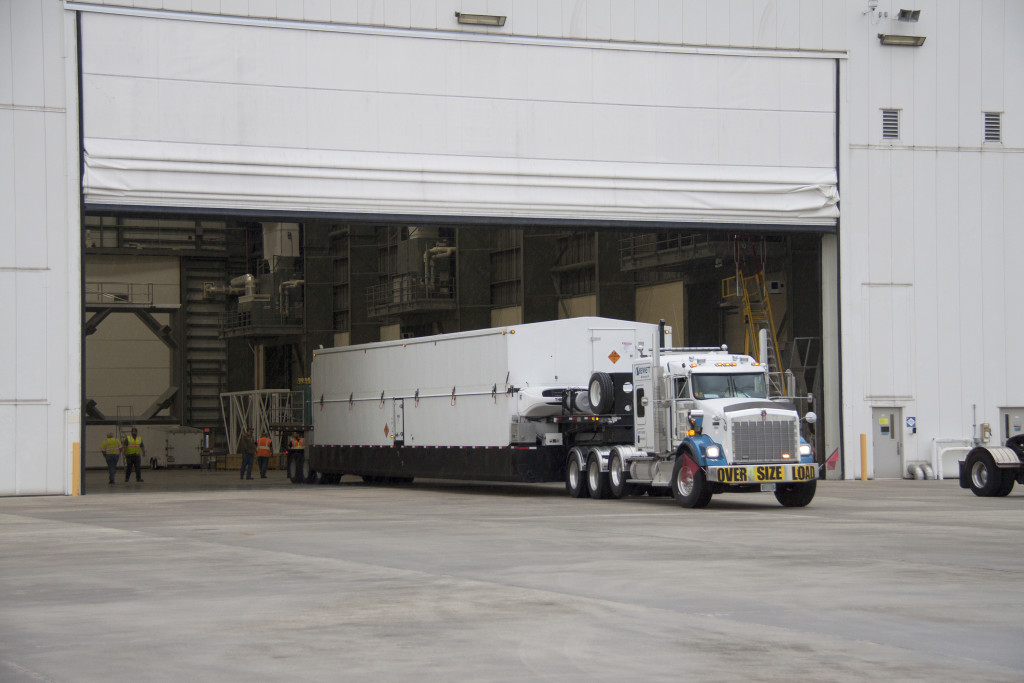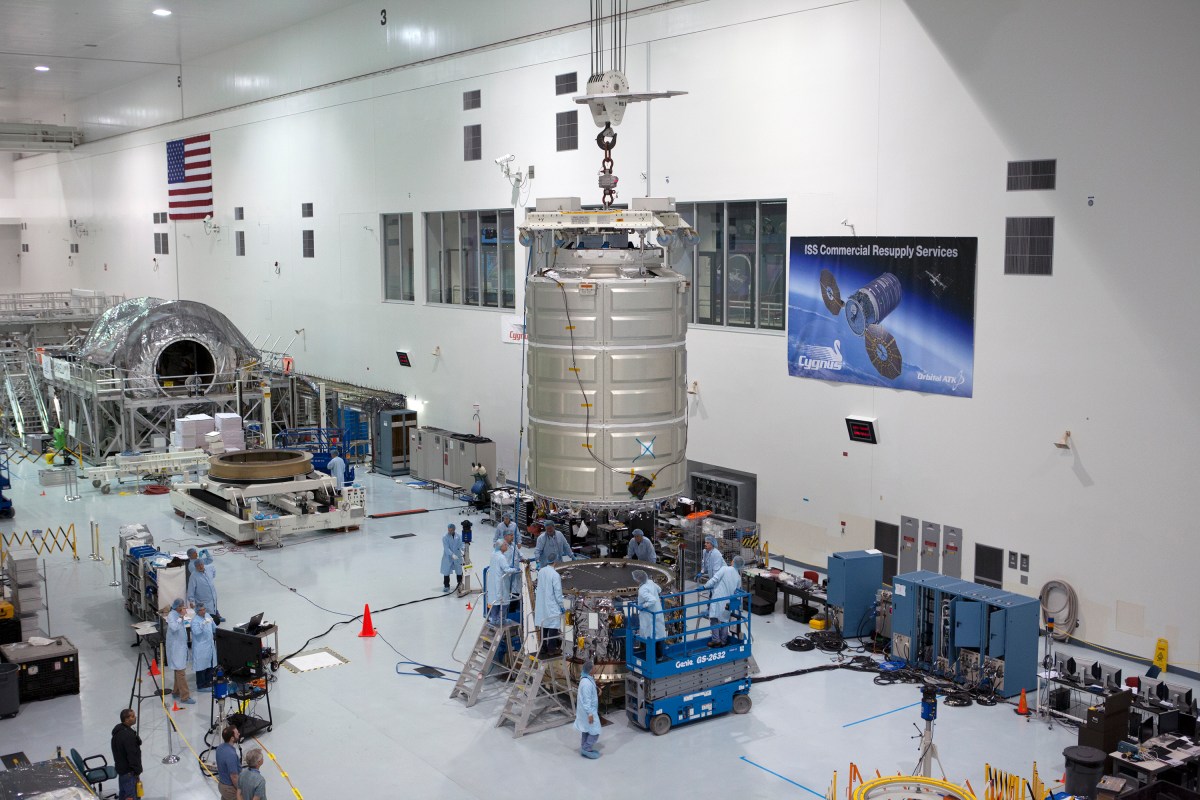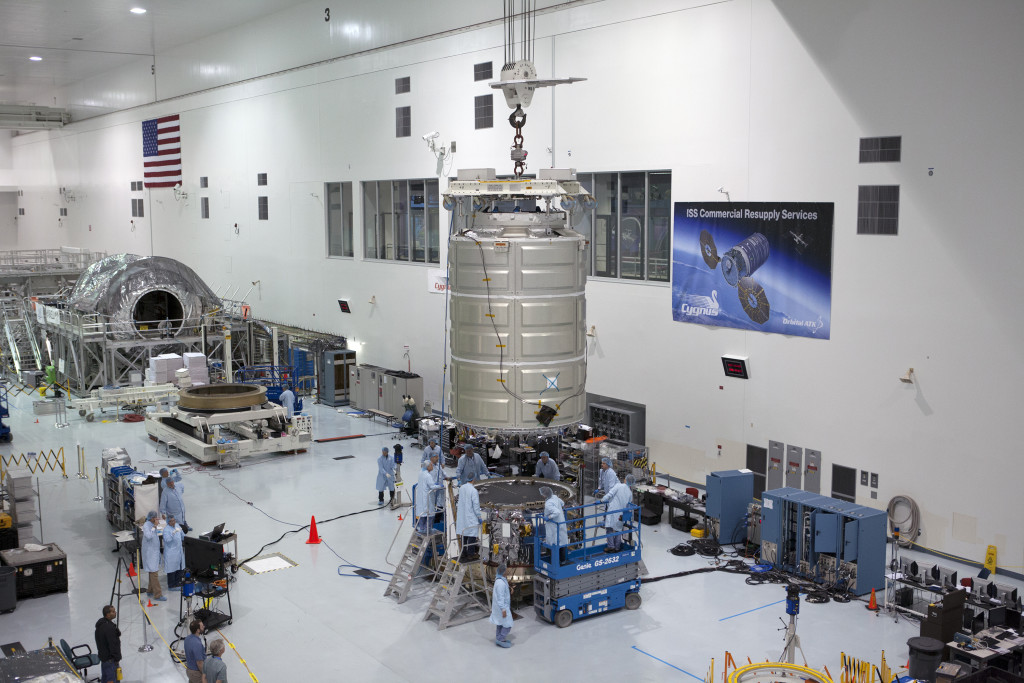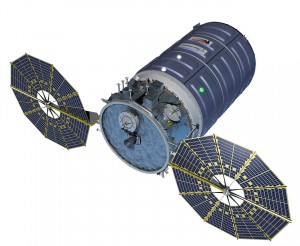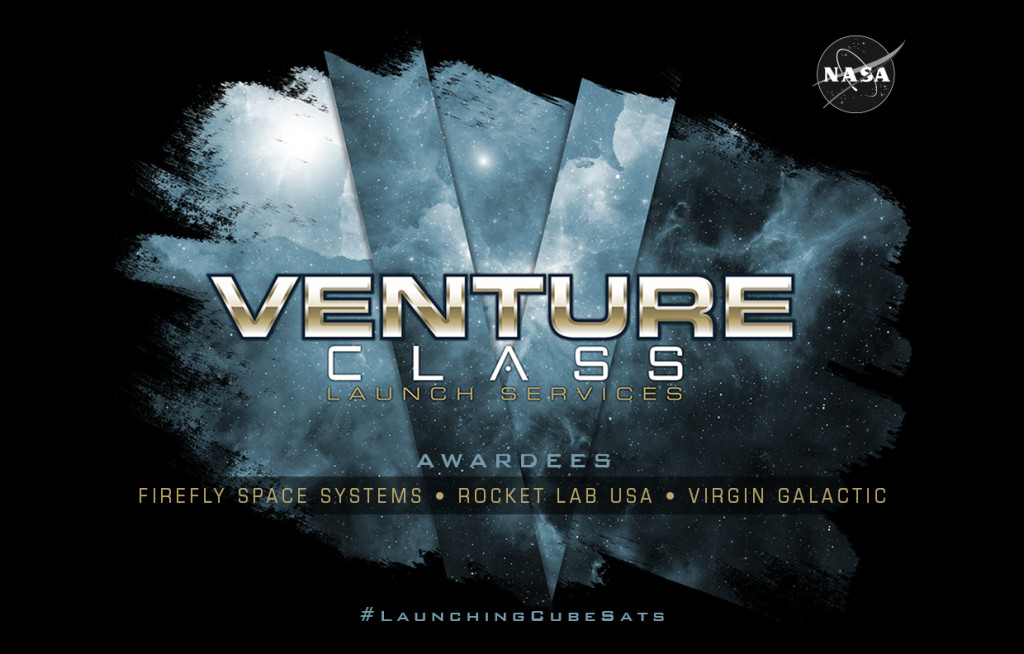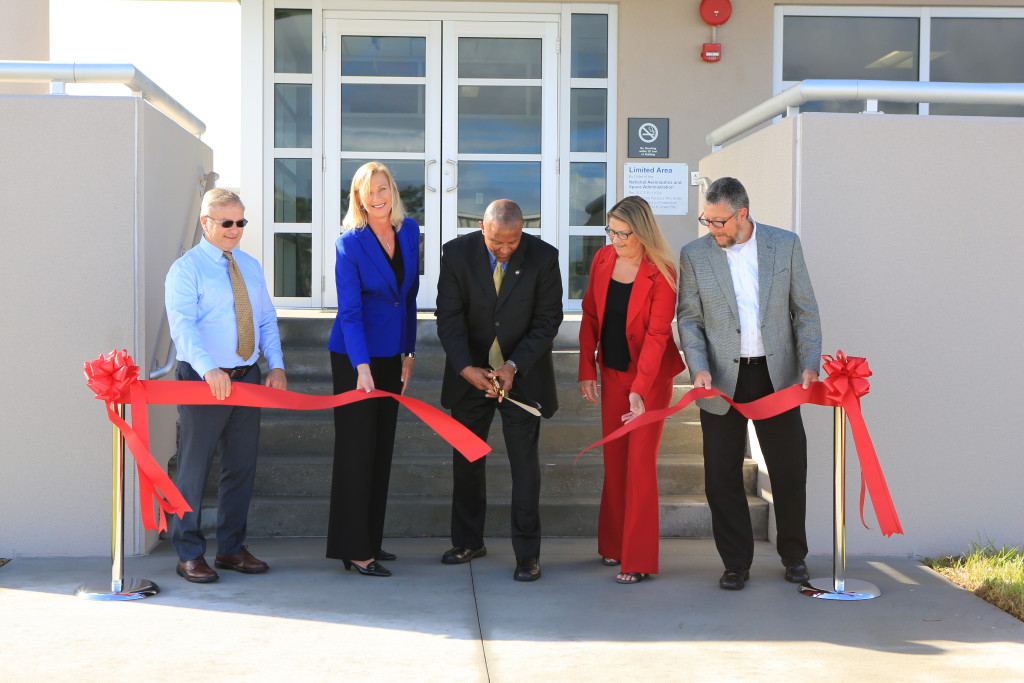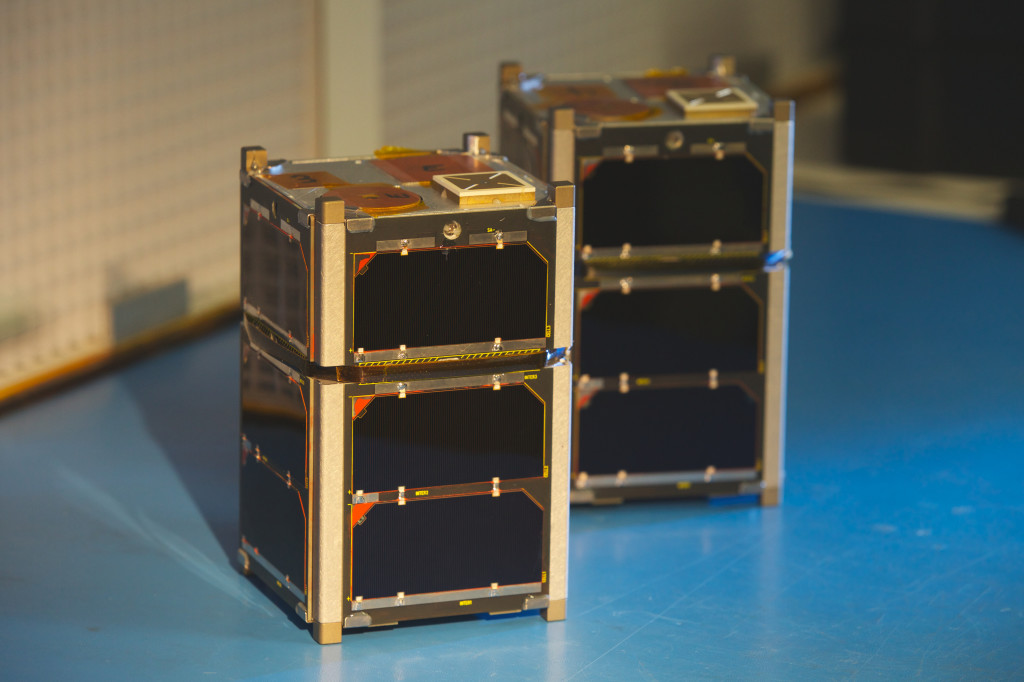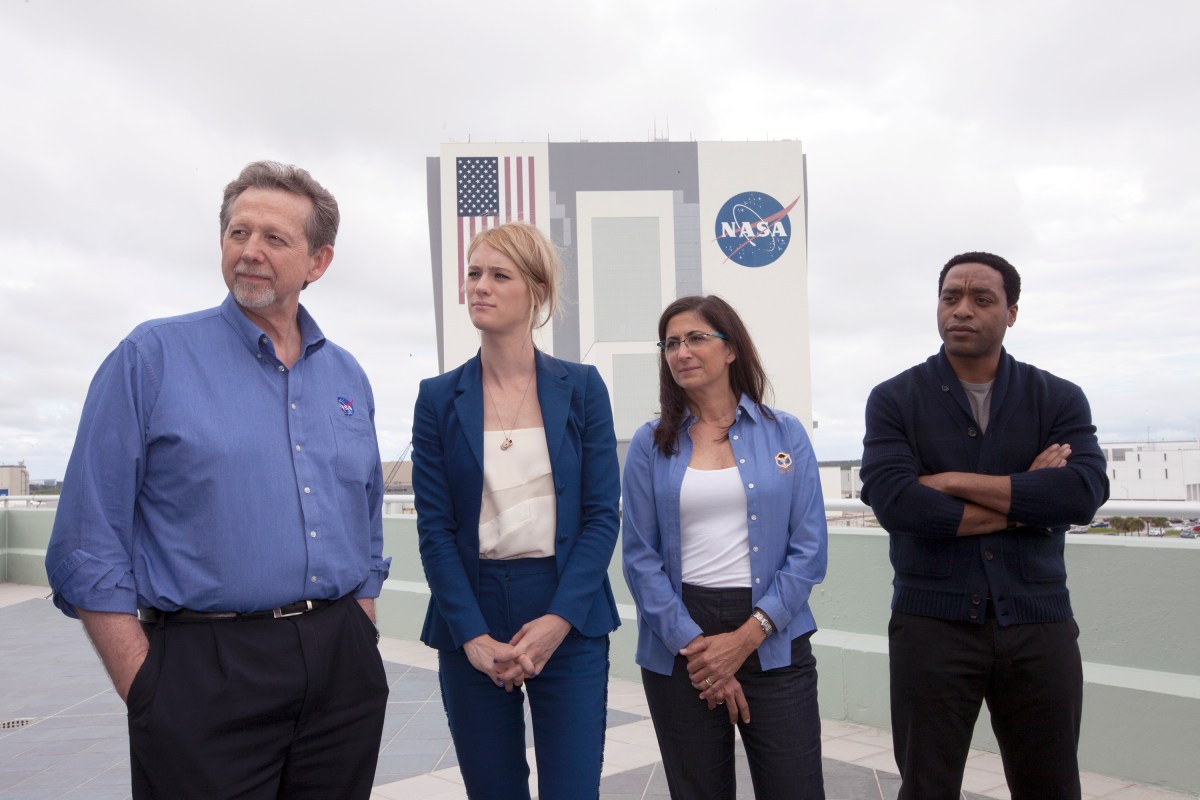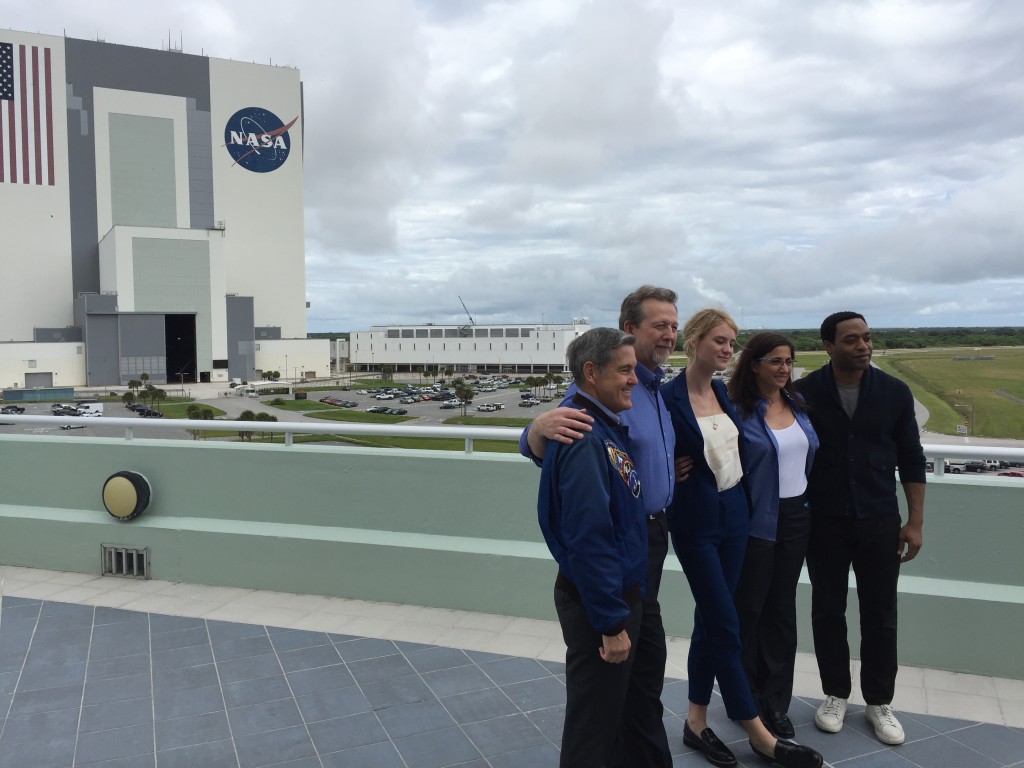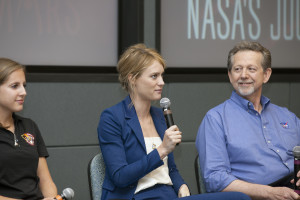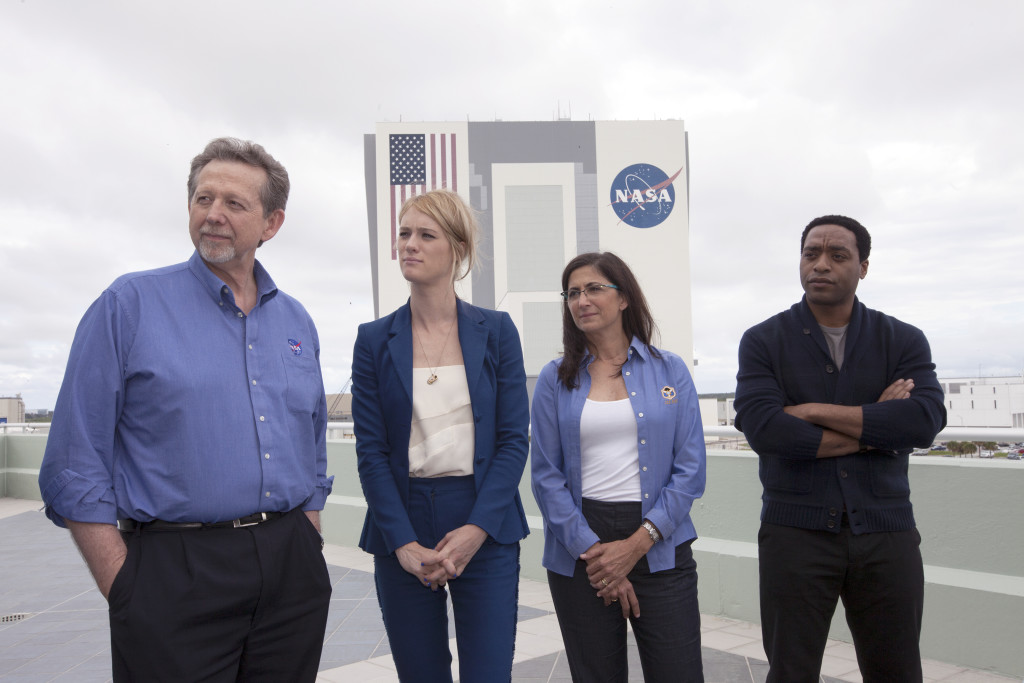 Throughout its history, NASA innovation has produced tangible benefits. New ideas have been and continue to be a key element in converting NASA’s Kennedy Space Center in Florida into a 21st century multi-user space launch complex. Many employees also are devising ways to do their jobs better and more efficiently.
Throughout its history, NASA innovation has produced tangible benefits. New ideas have been and continue to be a key element in converting NASA’s Kennedy Space Center in Florida into a 21st century multi-user space launch complex. Many employees also are devising ways to do their jobs better and more efficiently.
The agency’s innovations include developing, testing and deploying new capabilities and transportation systems for astronauts to explore an asteroid, Mars and other deep-space destinations. NASA also is growing a commercial spaceflight industry to transport astronauts to the International Space Station from American soil.
On Oct. 15, Kennedy employees pitched 21 innovative ideas for improving the center at the annual Kennedy KickStart competition. The event was part of a center wide three-day Innovation Expo designed to increase exposure for novel ideas and encourage their implementation.
NASA astronaut Cady Coleman began the event with a keynote addressing her current role in encouraging NASA employees to keep developing new ideas.
“I’m now working at NASA Headquarters in the Office of the Chief Technologist,” she said. “One of our challenges is helping people think outside the box. What I get to see is fascinating.”
Coleman noted that she feels that the Kennedy Space Center is a special place.
“This is where I feel anything can happen,” she said. “There is an atmosphere here that helps you do things that are extraordinary.”
Coleman is a veteran of two space shuttle missions. During 2010 and 2011, she logged 159 days in orbit aboard the International Space Station and thoroughly enjoyed the experience.
“I would have gladly spent another six months on the space station,” she said. “If I could take my family with me, I don’t see any reason to come home. It’s amazing up there — flying around the lab, working upside down when you need to — it’s a magical place.”
Employees’ concepts were submitted through the Kennedy KickStart website and pre-screened earlier in October by the Research and Technology Board. Ideas were offered by employee “innovators” in 90-second presentations, explaining their concepts to an eight-member Kick-Start selection panel. The selection committee included Coleman and Kennedy senior leaders representing diverse organizations at Kennedy.
As was the case last year, audience members had an opportunity to cast their votes using iClickers. An iClicker is an interactive response system allowing program leaders to poll the audience and view the results immediately.
A total of 12 proposals were selected to receive up to $5,000 to fund equipment needed to implement each recommended project. Projects selected ran the gamut from new ways of predicting lightning to proposals for catching foreign object debris.
The projects selected were;
- Cryogenic Liquid Air Quantity Sensor
Innovator: Rolando Valdez, NASA KSC Aero Medicine and Occupational Branch
- Regolith Vibro-compaction with Surface Sintering
Innovators: Mike Dupuis, NASA KSC Testing and Design Branch and Evan Bell, along with NASA KSC Environmental and Life Support Systems Branch
- FOD “CATCH” (Collect-and-Tether Containment Holders) Devices and Training
Innovators: Mark Smith, Katrine Stelges and Martin Wilson of Jacobs Technology, along with Damon Stambolian, NASA KSC Technical Processes and Tools Branch
- LPAWS — Lightning Prediction and Warning System
Innovators: Nathan Miles, Red Canyon Software, Inc., and Hector Pagan, NASA KSC Information Technology and Communications Services Project Management Office
- Ice House: 3-D Construction using H2O Ice
Innovator: Rob Mueller, NASA Spaceport Systems Branch
- Structural Health Monitoring and the Beginning of the “Digital Twin”
Innovator: Matthew Breault, URS Federal Services Inc.
- Cryo-Fluid Capacitor
Innovator: Adam Swanger, NASA KSC Cryogenic Propulsion Systems Branch
- Expand Balance Initiative with Mini Balance Zones
Innovator: Mary Kirkland, InoMedic Health Applications Inc., and Darcy Miller, NASA KSC Safety and Mission Assurance
- Robotic Mining Competition Regolith Bin Rainproof Lid and Dryer System
Innovators: Gabor Tamasy, NASA KSC Structures and Launch Accessories Branch, and Greg Galloway, NASA KSC Flight Technology Branch
- Virtual Tablet
Innovator: Bill Little, NASA KSC Computational Sciences Branch
- Planetary Lander Egg-Drop Competition
Innovators: Samantha Thorstensen, NASA KSC Education, along with Alex Greutman, Ryan Elliot and Mike Hull, Delaware North Companies Parks and Resorts
- UV Cured 3-D Printing using Regolith
Innovators: Tom Lippitt and Rob Mueller, NASA KSC Spaceport Systems Branch
The KickStart competition was part of the spaceport’s annual Innovation Expo taking place Oct. 15-18, 2015. The annual event is designed to encourage NASA and contractor employees to continue to present proposals for advanced technologies.
This year’s Innovation Expo theme, “From Earth to Mars,” included exhibits and presentations for both the public and center employees by astronauts, a planetary physicist and innovation experts. Subjects included innovations in technology, aeronautics, the International Space Station, as well as plans to explore Mars, the solar system and beyond.

